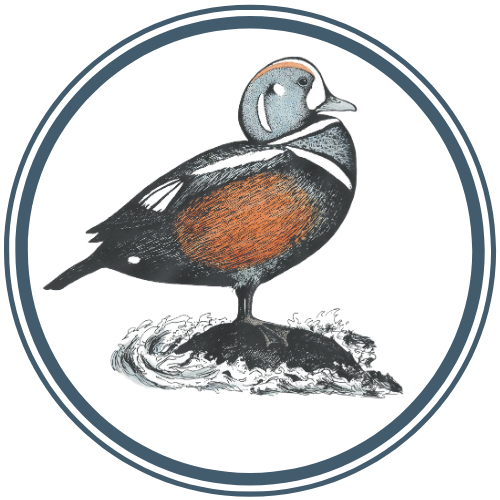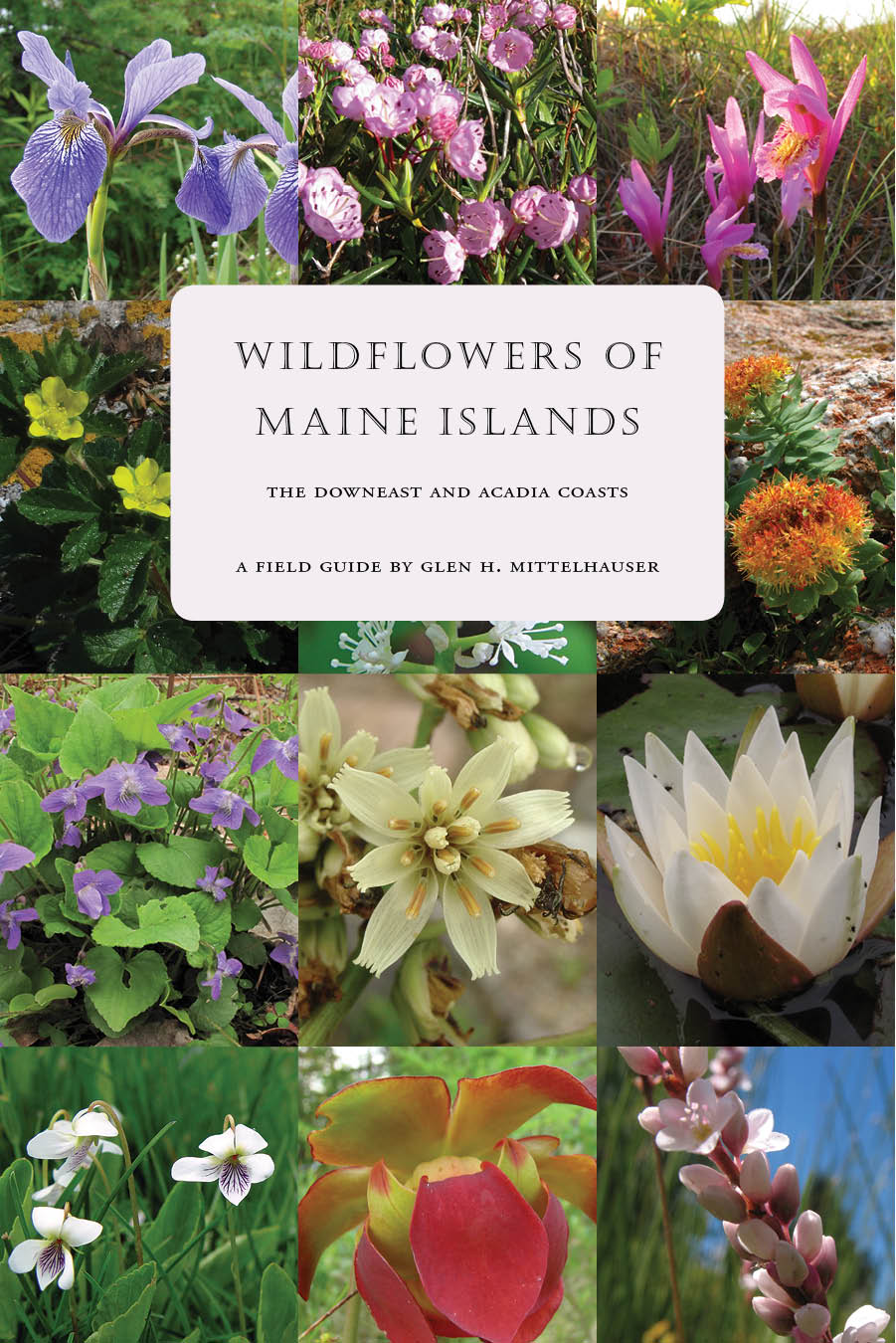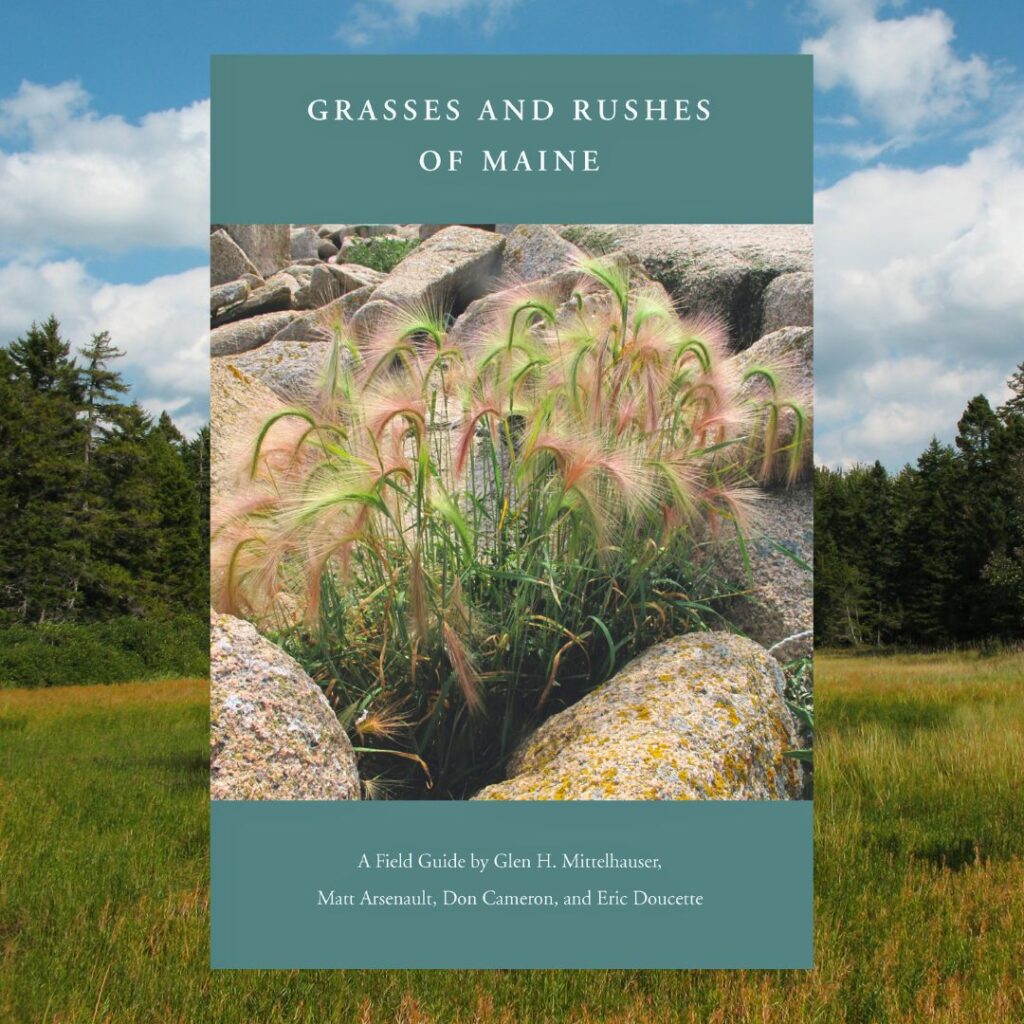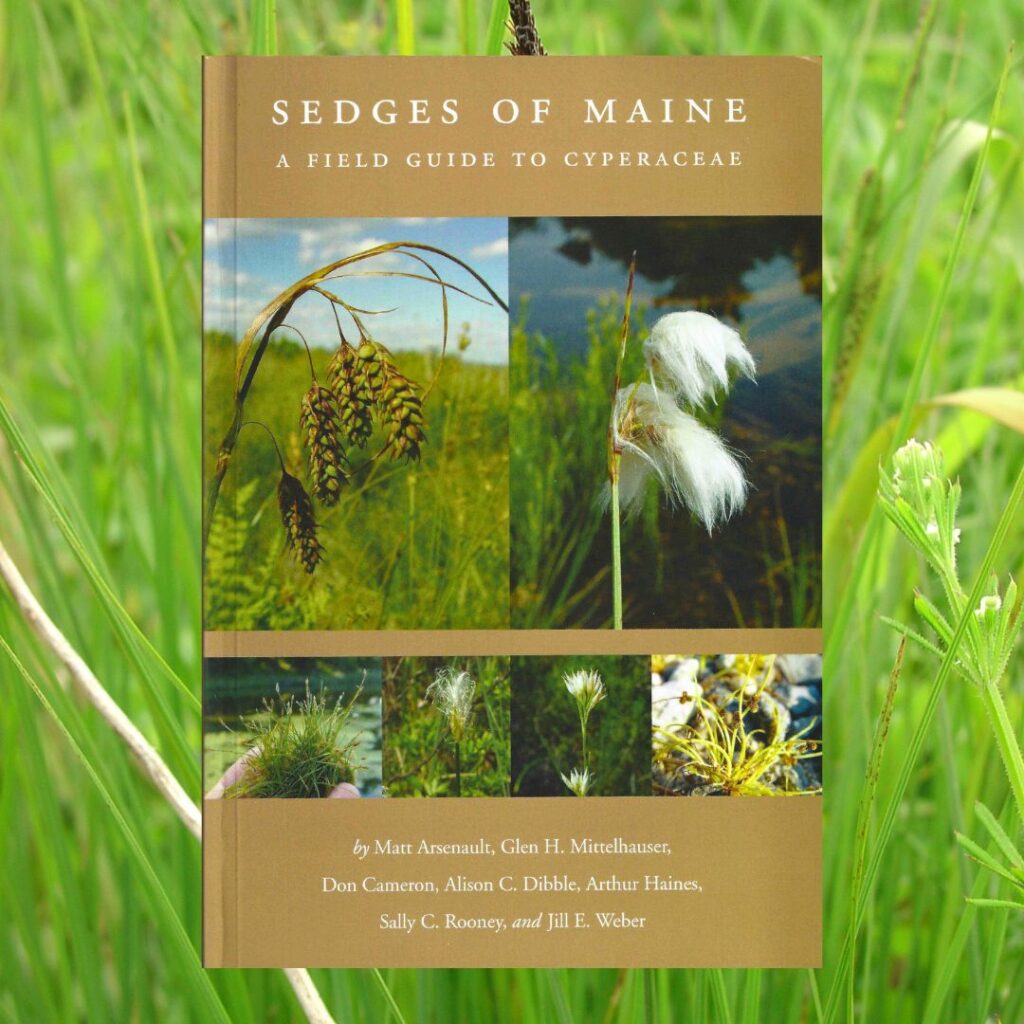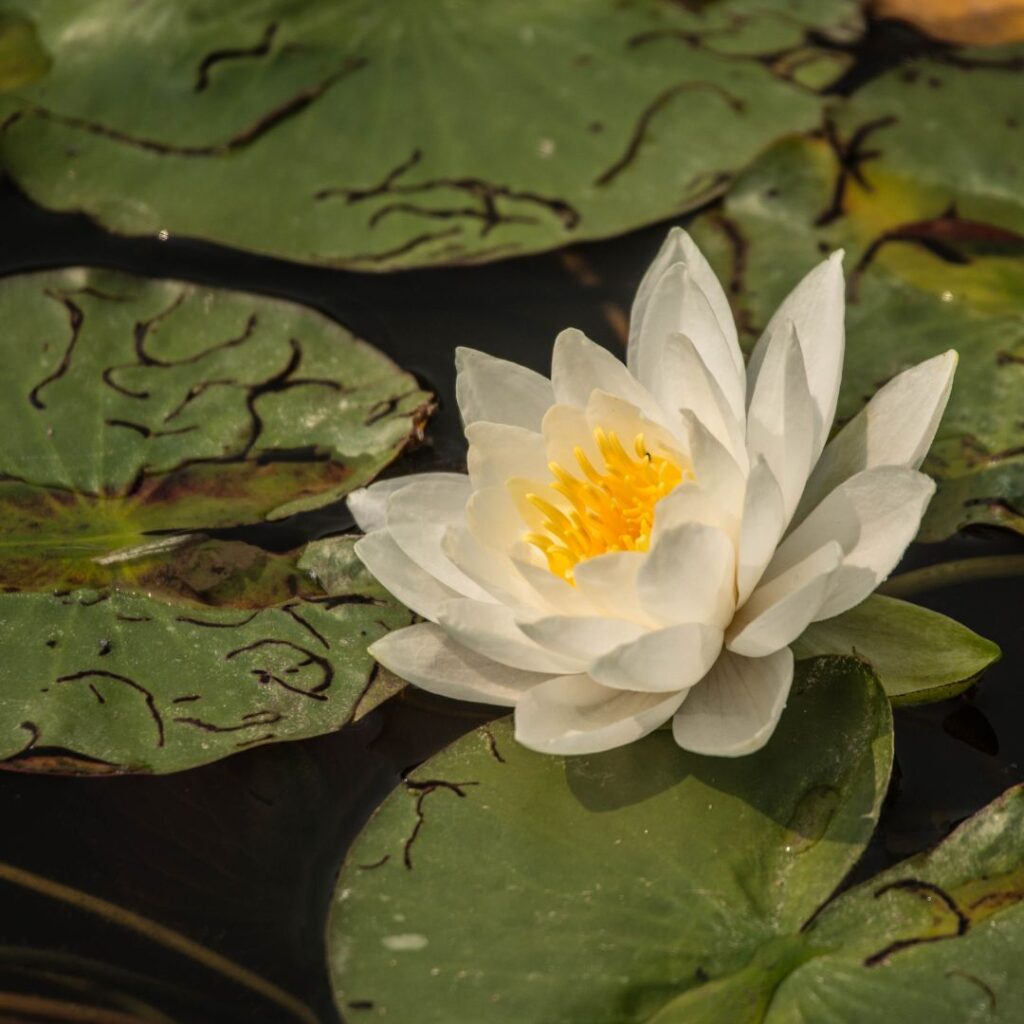Author(s): Glen H. Mittelhauser
Published: University of Maine Press, 2021
ISBN 13: 9780891011323
This book is an identification guide to all the wildflowers along the coast of Maine
between Muscongus Bay and the Canadian border (Knox, Waldo, Hancock, and Washington counties). This portion of the Maine coast and the adjacent islands are
heavily influenced by the cool marine environment which, coupled with the geomorphic characteristics of the region, has produced unique assemblages of plants that often differ significantly from those in the southwestern half of the
Maine coast. Tempered by the cold Labrador Current and dotted with hundreds
of islands, this easternmost portion of the continental United States fosters arctic species, threatened and endangered species, rare community types, and a diversity
of habitats not found elsewhere in Maine.
This book is the result of decades of published and unpublished plant inventories of Maine islands made by numerous botanists, my 25 years of plant inventories along
the Maine coast, and assessment of thousands of plant collections preserved in various herbaria. Although some species are found only on the smaller islands, the majority of species are also regularly found along mainland shorelines. In order to keep this guide to a manageable number of species, I have included only wildflowers, i.e. vascular flowering plants and some small flowering shrubs that reproduce in the wild. The species presented in this guide include the wildflowers growing on the smaller islands in the region and the plants growing along the shorelines of the larger islands and mainland.
The inspiration for this book was the pivotal Newcomb’s Wildflower Guide by Lawrence Newcomb, which was designed to “take the guesswork out of wildflower identification for the nature lover with no formal botanical training.” More people should be encouraged to pursue an interest in plants, but the technical nature of many guides can easily scare away the beginning learner. In reality, even professional botanists depend upon conspicuous features to identify most flowering plants, breaking out the technical guide only to distinguish the most challenging species.
This book aims to continue for Downeast Maine plants what was begun by Lawrence
Newcomb in 1977: to change the belief that quick and accurate wildflower identification is beyond the abilities of all but the seasoned professional botanist.
(From the introduction of Wildflowers of Maine Islands)
Related Content
-

Grasses and Rushes of Maine
This guide is an identification manual for all grass and rush species currently found in the state of Maine.
-

Sedges of Maine: A Field Guide to Cyperaceae
The sedge family is frequently considered by professional and amateur botanists alike to be one of the most challenging…
-

Aquatic Plants of New England Field Guide
We’re excited to announce the upcoming publication of Aquatic Plants of New England, a new field guide by Don…
